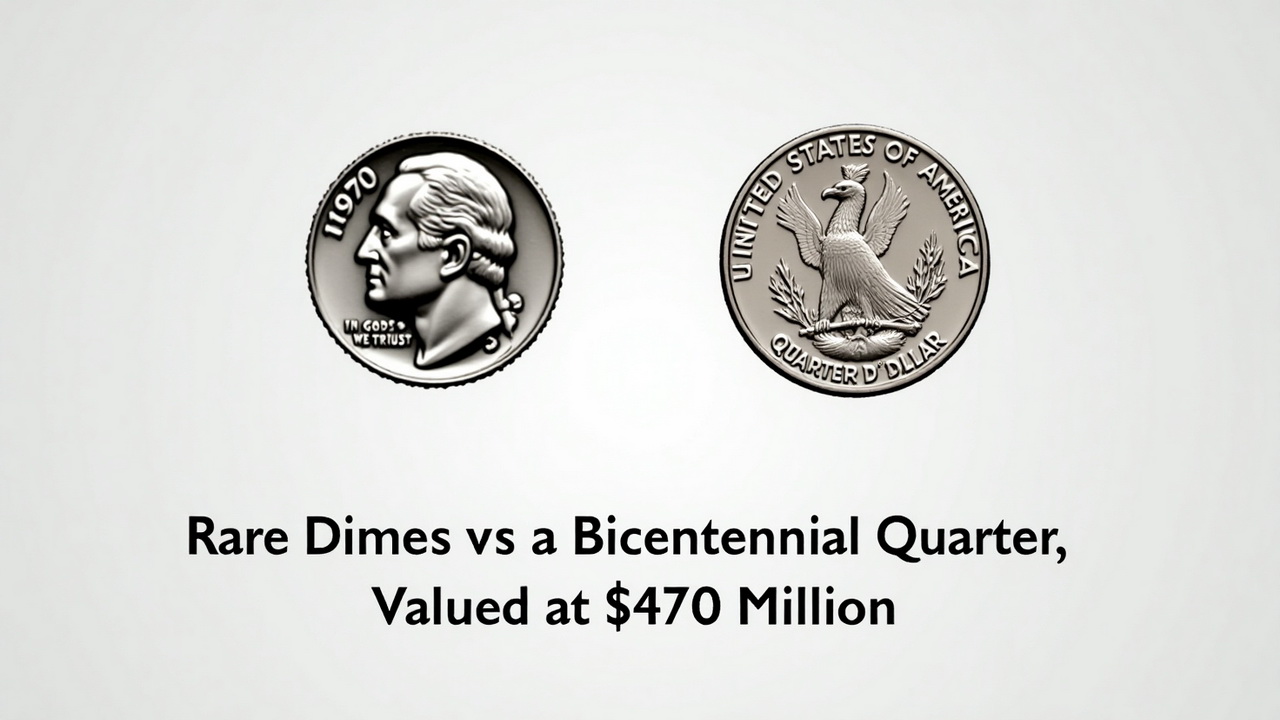$5180 Social Security Increase for Retirees in January 2025: Social Security beneficiaries are in for a significant boost in 2025, with retirees set to receive as much as $5,180 more annually. This article will explore who qualifies for this increase, when to expect the updated payments, and how to maximize your benefits.
What’s Behind the Social Security Boost?
Social Security provides millions of retirees in the United States with a steady income post-retirement. However, rising inflation and the increasing cost of living often strain these fixed incomes. To help mitigate this, the Social Security Administration (SSA) adjusts benefits annually through a Cost-of-Living Adjustment (COLA).
For 2025, retirees can expect a COLA increase of 2.5%, which will raise monthly payments significantly for some recipients. Those eligible for the maximum benefit could see their monthly payment rise to $5,180.
Key Highlights of the 2025 Social Security Adjustment
| Topic | Details |
|---|---|
| COLA Increase | 2.5% rise in Social Security benefits for 2025. |
| Maximum Benefit | Monthly payments for those retiring at age 70 will reach $5,180. |
| Payment Dates | Payments will begin on January 22, 2025, based on staggered schedules. |
| Eligibility | Depends on work history and the age benefits were claimed. |
| More Info | Visit the SSA website for official updates. |
Understanding the $5,180 Maximum Benefit
The maximum benefit applies to retirees who have worked for at least 35 years, consistently earning the maximum taxable income during their careers. To qualify for the highest possible payment in 2025, recipients must also delay claiming Social Security until age 70.
- High Earners: Those who earned the maximum taxable amount for most of their careers are eligible for the full boost.
- Age Matters: Delaying benefits beyond full retirement age (66 or 67) increases the monthly payout, reaching the $5,180 mark at age 70.
Why Is the Boost Happening?
The COLA adjustment ensures that Social Security payments keep pace with inflation. As living expenses, such as food, housing, and healthcare, continue to rise, this annual increase aims to help retirees maintain their purchasing power.
Inflation has been particularly challenging for seniors on fixed incomes in recent years, making the 2025 adjustment especially timely.
When Will You Receive the Increase?
Social Security payments are distributed on a staggered schedule, depending on the recipient’s date of birth. For retirees, the 2025 schedule is as follows:
- 2nd Wednesday of the Month: Birthdays between the 1st and 10th.
- 3rd Wednesday of the Month: Birthdays between the 11th and 20th.
- 4th Wednesday of the Month: Birthdays between the 21st and 31st.
If your birthday falls between January 21–31, your first boosted payment will arrive on January 22, 2025.
Are You Eligible for the Full $5,180?
Not everyone will qualify for the maximum benefit. Here’s what determines eligibility:
- Work History: You must have worked for at least 10 years and paid Social Security taxes. Those with a long career and high earnings have a better chance of receiving the maximum payout.
- Claiming Age: Retirees who claim benefits early (as early as age 62) receive reduced payments. Waiting until full retirement age (66–67) ensures full benefits, while delaying until 70 unlocks the maximum possible amount.
- Lifetime Earnings: The SSA calculates benefits based on the average of your highest 35 years of earnings.
Maximizing Your Social Security Benefits
To ensure you receive the highest possible benefit, consider these tips:
- Delay Benefits: If financially feasible, wait until age 70 to claim benefits and enjoy the maximum payout.
- Check Your Earnings Record: Verify your earnings history on the SSA website to avoid errors that could lower your benefit.
- Continue Working: Working and earning more can help increase your average earnings, resulting in higher benefits.
Tax Implications of Social Security
Social Security benefits are taxable based on your combined income, which includes adjusted gross income, nontaxable interest, and half of your Social Security benefits.
- 50% Taxable: Combined income of $25,000–$34,000 (individual) or $32,000–$44,000 (couple).
- 85% Taxable: Combined income exceeding $34,000 (individual) or $44,000 (couple).
Avoid Common Social Security Mistakes
- Claiming Too Early: Starting benefits at age 62 leads to permanently reduced payments.
- Overlooking Taxes: Understand the tax implications of your benefits to avoid surprises.
- Ignoring Earnings Records: Regularly verify your earnings report to ensure accuracy.
The Bottom Line
The upcoming $5,180 boost to Social Security benefits in 2025 provides retirees with much-needed financial relief. To maximize your benefits, plan strategically, verify your records, and consider delaying your claim. For more details, visit the Social Security Administration’s website and stay informed about how to make the most of your retirement income.







